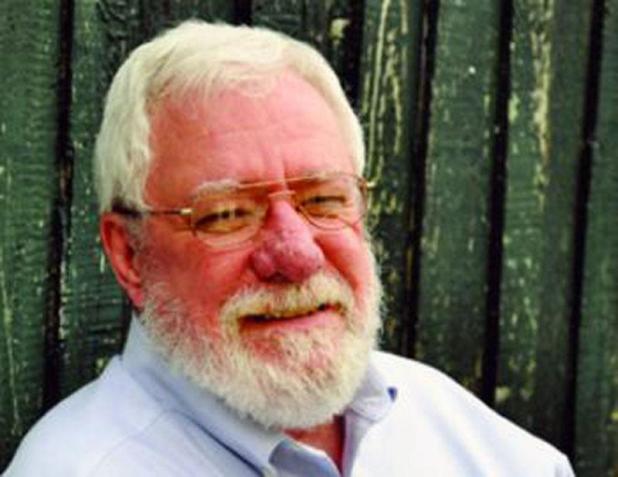
Jim Bradshaw
A distinctive sound of history
If I had to nominate one sound that epitomized the history of south Louisiana, I would be mightily tempted to suggest the chuff-chuff, chuff-chuff, chuff-chuff-chuff of a steam locomotive leaning into its load as it pulled out of a depot or freight yard.
The railroad opened the prairies to new settlements and brought modern times to old towns, and steam locomotives made it happen. They are inexorably linked with who we are and how we got (sometimes literally) to be where we are. They were the engines of commerce for more than a century.
That’s why I paused nostalgically when I recently came across a photograph from the front page of the Bunkie Record of March 13, 1953. It showed nine steam locomotives, hitched in tandem, passing through town. The headline below told the story: “Last Nine Steam Engines on T&P Line, Louisiana Division, on the Way to Scrap Pile.”
They weren’t the last steam engines to be seen in south Louisiana — the “Iron Horses” pulled some Southern Pacific trains at least for another few years — but, as the Record reported, “the charge against these locomotives is obsolescence” and the verdict for others like them was fast approaching.
“Unquestionably this is progress,” the Record said. “The old must give way to the new and modern. … Thus the reason for the passing of the old steam locomotives and the inauguration of … the Diesel, which is far more comfortable, easier to maneuver, moves with less noise, and has considerably more power.”
All of that was true. Diesels were less expensive to operate, more powerful, and didn’t require huge water tanks all along the line to keep them running. But they were never as romantic, at least to me, as the sleek, slim steam engines that pulled the Sunset Limited across Louisiana or the sturdy ones that used a spur track just blocks from my house to pull freight to the port pf Lake Charles.
Even those more mundane, workaday engines had a bit of romance about them that made me want to be a railroad engineer, at least for a time.
You could tell that those engines were powerful just by looking at them. But they weren’t powerful enough. A railroad executive told the Alexandria Town Talk in August 1953 that the average steam locomotive could pull about 50 cars. The diesels could pull twice that. “We can travel 500 miles without refueling and get more work done in less time,” he said. “The noise and dirt of the old engines are gone and the diesels are easier for the engineer to operate.”
Even a math challenged guy like me can figure the economics involved here. But, as I remember, that noise — steam hissing, bells clanging, iron wheels on iron rails — was part of the steam locomotive’s allure. I was apparently not the only one who thought so. Hundreds of songs have tried to capture the clackety-clack of a moving train or the mournful sound of a steam whistle from far across the prairie.
I had the same kind of fascination with the tugboats that pushed big freighters around at the port, but the trains were more accessible. I would always change my bike-riding route and head for the tracks when I heard a train coming.
I got to know the individual locomotives by their numbers and the engineers who leaned out their windows by sight, especially the ones who gave a little toot on the whistle when they saw me.
Sometimes I’d put a penny on the track for the train to run over and flatten it into the size of a silver dollar. I can still remember my panic when I did it the first time, and suddenly feared that my little coin might derail the engine.
Thankfully, it never did.
You can contact Jim Bradshaw at jimbradshaw4321@gmail.com or P.O. Box 1121, Washington LA 70589.
